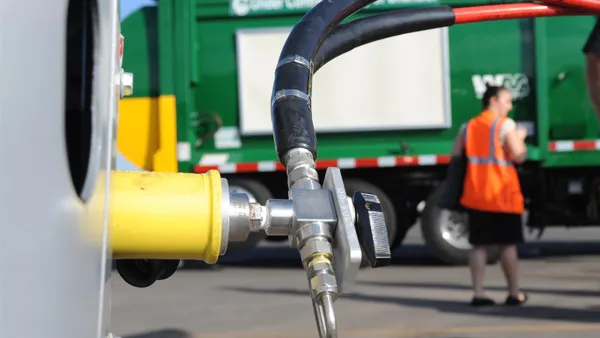Dive summary:
- Fats from London’s sewer system are going to be filtered out and used in what will be the largest waste-to-energy facility of its kind.
- The company that manages London’s sewers spends about £1 million ($1.5 million) a month removing clogs that result from fats and oils being wrongly put down the drain and clogging up the pipes.
- Power produced from the plant will go to Beckton sewage works, the nearby desalination plant used during droughts or emergencies, and the rest will go to the national power grid.
From the article:
"When Thames doesn’t need our output, it will be made available to the grid meaning that power will be sourced, generated and used in London by Londoners," explained Andrew Mercer, chief executive of 2OC.
Heat from the engine is set to be used in the adjacent gas pressure reduction station owned by National Grid, enabling it to turn off existing gas heaters. Additional renewable heat f is due to be put to use at the sewage works and also made available to local housing projects.
It was claimed that once operation the plant will have an overall efficiency percentage in the high nineties and an electrical efficiency of more than 55%. ...









